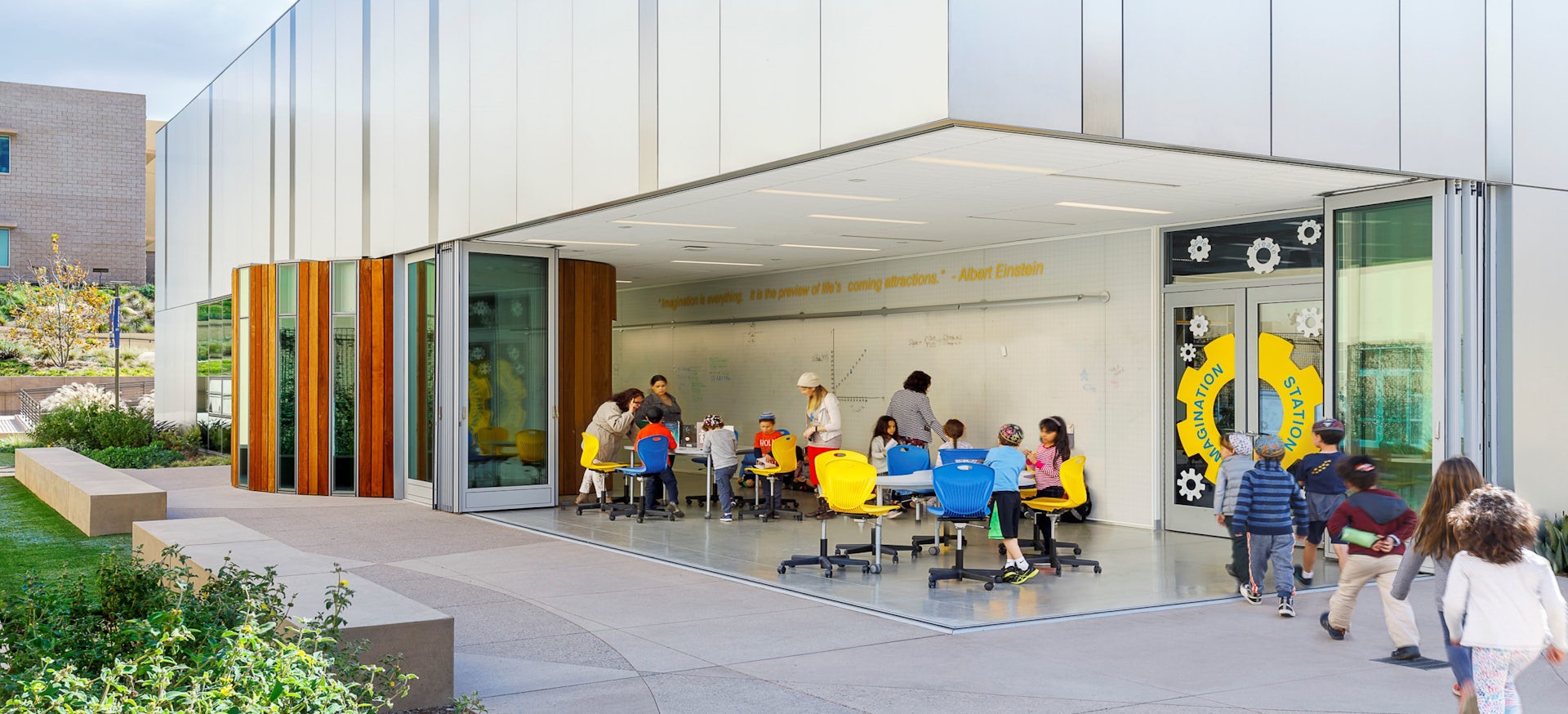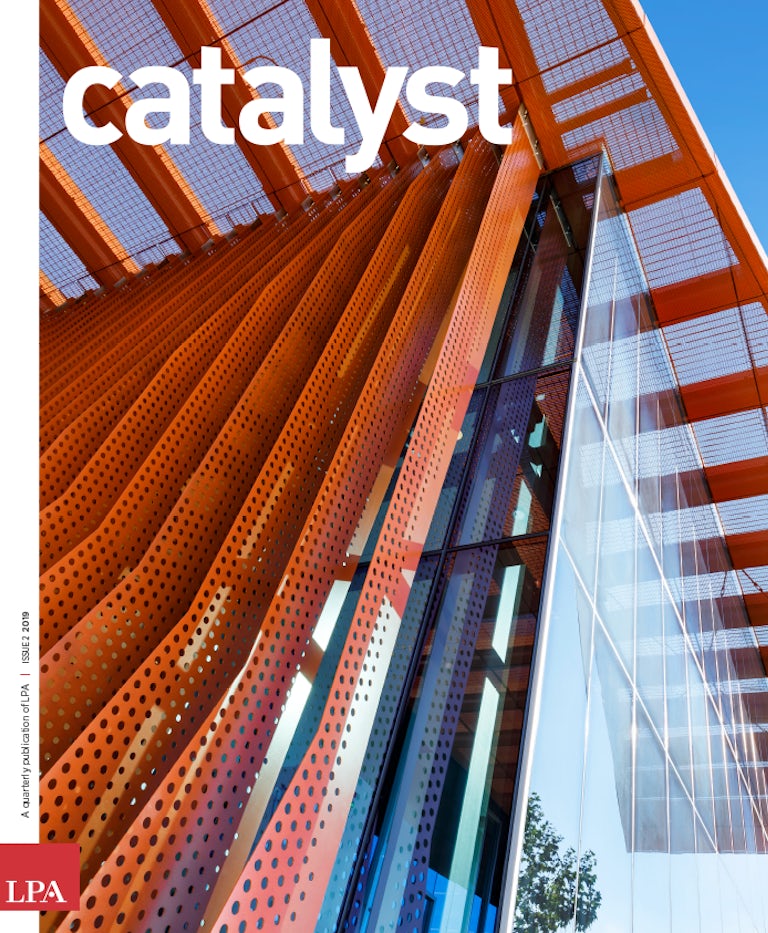After designing schools for almost 35 years, I can say, without equivocation, this is one of the most exciting times to be working on educational facilities. Education leaders are asking big questions: How are teachers going to teach? How are students going to learn? What are the skills that students need to develop before they graduate from school to achieve success in later life?
Asking these tough questions is pushing designers to develop facilities that do a better job of addressing the core needs of students. For many districts, the process starts with a detailed program visioning effort, even before they hire an architect. They take the strategic planning process a step further, exploring the learner profile of students and graduates, which helps them determine the skills they want students to develop.
Too many schools simply look at the process as a chance to develop a mission statement, rather than an actual physical plan that expresses their vision for student learning. They get the big concepts, but they don’t explore deeper to truly understand their students and the requirements of the learning spaces. Identifying target skills creates the foundation for a focused pedagogy, as well as the educational specifications of the spaces needed to support that pedagogy.
Designing with the Student in Mind
How can facilities impact teaching and learning? Six major factors are driving change.

As we work with administrators, teachers and the community, we consistently see six factors driving change, as districts move to address the needs of their students. No school will implement all of these factors, but campus design should reflect the impact of these student-focused initiatives in the years ahead.
1. Student-centered design. This is next generation learning and teaching, focused on spaces that facilitate the development of the five C’s in students—creativity, collaboration, communication, critical thinking and community. Facilities need to give students a sense of ownership of the spaces and places within a school. They should have the ability to personalize their environment and feel connected to it. More facilities recognize the importance of the student’s social capital development, including student unions and places for students to gather, collaborate and socialize. The library is evolving from a place to access content to a place to access, research and create content.
2. Mobile learning. In many ways, this is really about the impact of technology. Learning is happening everywhere. Environments need to be flexible and agile. Students can access traditional lectures in many ways. The time in the classroom is spent collaborating and working on projects. Students will move through spaces, no longer rooted to a single chair or a single classroom. Different spaces will serve different purposes, from coding labs to makerspaces.
3. Innovative thinking. Educators are exploring new ways to weave together different curriculum. Spaces need to support the development of problem- and project-based learning. Students are learning by doing. Educational environments need to model real-world settings. Students need to see their connections to the future world of work. Innovation and project-based learning is at the heart of STEM, STEAM, STREAM, makerspaces and similar environments.

4. Health and wellness. More educators are looking for ways to support the needs of the whole child, including their social and emotional development. Promotion of healthy lifestyles and nutrition habits is increasingly part of the core goals, as educators acknowledge play is actually part of learning. Sites are a critical supporting component of the learning process and buildings can serve as learning tools for sustainable behaviors, creating environments that support and teach healthy practices.
5. Place-based learning. Educators want students to have cultural and social literacy and a sense of connectedness. They should be able to see elements of themselves and their communities and their heritage in the physical facility. As we explore project-based and experiential learning, the community around a school is a resource and part of the learning experience. We designed e3 Civic High, located in the central library complex in downtown San Diego. The location makes it easy for community and industry partners to come into the school environment and for students to get out in the community.
6. Research-based design. It’s becoming more and more essential to track results. You want to see what is working in a space—and what is not. Research also helps educators find the ties between successful programs. At the same time, administrators want to demonstrate they are spending money wisely. As districts increasingly compete for students, research can help leaders determine their brand and what they are trying to communicate to attract students.
Consideration of these factors should be a part of any district’s strategic plan process. By focusing on the student and the potential of facilities to impact outcomes and performances, a road map emerges. New ideas and strategies will develop around the basic goals and the focus on the students’ needs. Our role is to translate those strategies into the design, creating facilities that bring out the district’s vision of a better student.
This story originally appeared in Catalyst Issue 2 2019. Subscribe today to receive Catalyst, a quarterly publication that takes a deep dive into design ideas, industry leaders and initiatives.















